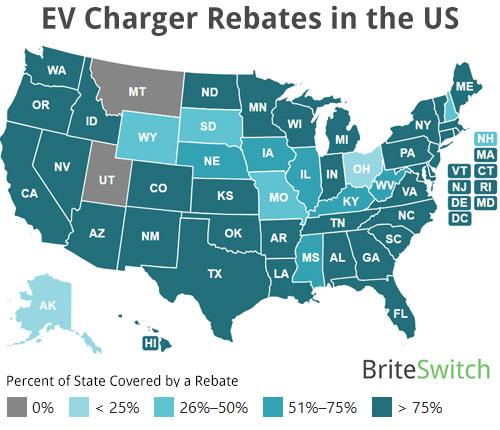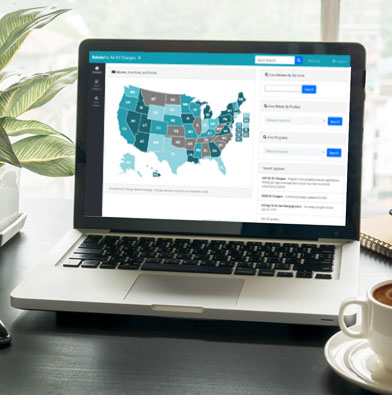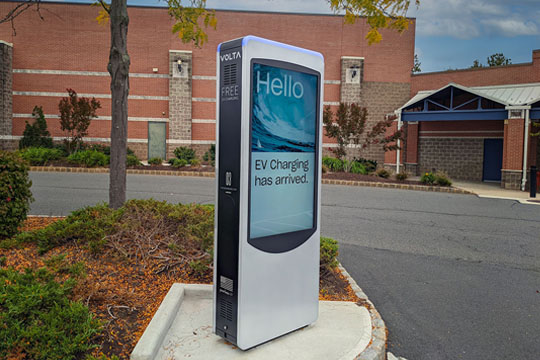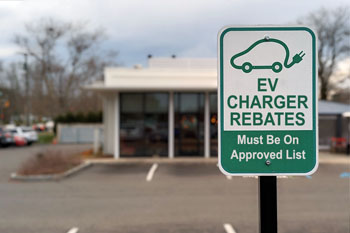The National Electric Vehicle Infrastructure (NEVI) Program was supposed to create the backbone of America's fast-charging network. Created in the 2021 Infrastructure Investment and Jobs Act, the $5 billion program promised to fund thousands of DC fast-charging (DCFC) stations along the nation's highways.
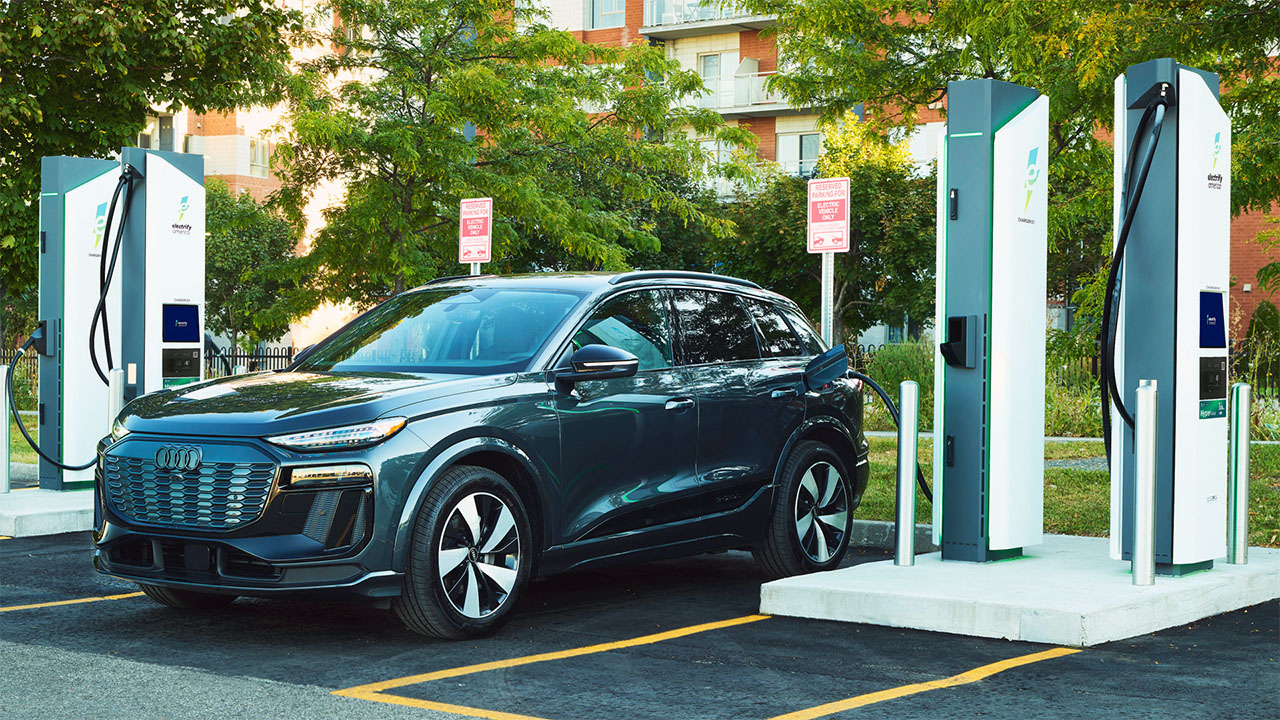
The Freeze That Almost Killed NEVI
But in January 2025, it almost all came to a halt when a White House executive order sought to freeze all NEVI funds immediately. Projects that had already been announced were thrown into limbo, and states with active solicitations were forced to pause. Lawsuits quickly followed from over a dozen states, arguing that the order overstepped the executive branch's authority and that only Congress could enact legislation to change the funding.
This summer, a federal judge issued a preliminary injunction restoring roughly $1B in NEVI funds for 14 states that sued over the freeze. Then, in August, the U.S. Department of Transportation issued new guidance, reaffirming the $1 billion per year funding stream through 2026. That decision effectively brought NEVI back from the dead and reopened the door for electrical contractors, developers, and site hosts to pursue these large-scale projects.
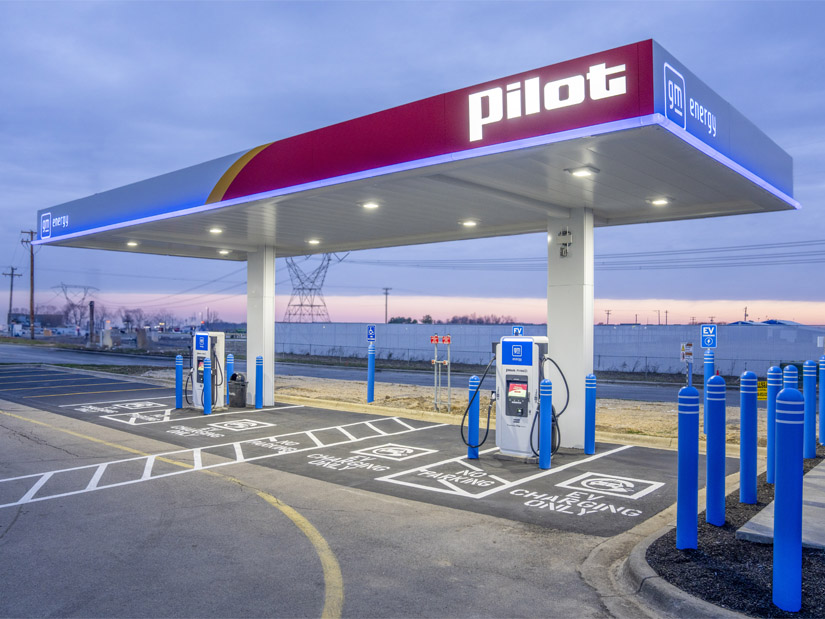
What Makes NEVI Different?
Unlike traditional rebate programs run by utilities or state energy offices, NEVI isn't a direct incentive from Washington. Instead, the federal government distributes formula funds to each state. The states then design their own programs, set their own deadlines, and score applications against competitive criteria.
To qualify, projects must follow federal rules. Key requirements include:
- ● Location along designated Alternative Fuel Corridors
- ● Open-access payment systems (no closed networks)
- ● Non-proprietary connectors
- ● Chargers and components made in America
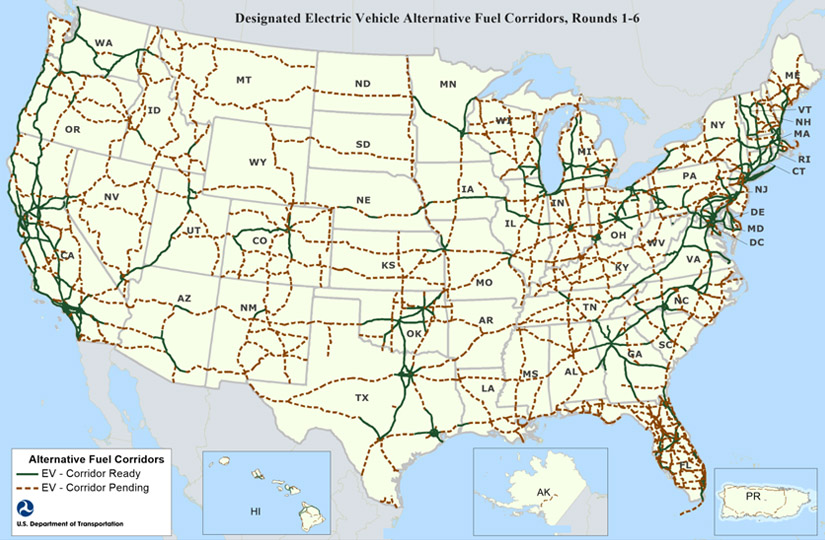
NEVI programs are also structured as competitive bids, which means not everyone who wants in can get it. In Texas, for example, 280 proposals were submitted in Round 1, but only 50 were chosen.
The programs can award sizeable incentives. The average is around $635,000 per site; winners often include gas stations, convenience stores, and major travel centers.
NEVI Requirements Are Changing
When the Department of Transportation announced the program's return in August, they made a few adjustments to the guidelines. "If Congress is requiring the federal government to support charging stations, let's cut the waste and do it right," said US Transportation Secretary Sean P. Duffy.
The biggest change is that the guidance now provides states with flexibility to determine the appropriate distance between stations along alternative fuel corridors (formerly set at 50 miles). The new guidance also encourages the states to prioritize implementations where station owners are also site hosts. In addition, it puts less focus on rural and underserved communities and women/minority-owned small businesses. The guidance removes the requirements for emergency evacuation and snow plans. Also, once a state determines it is "built-out," it can use the funds on other public roadways statewide.
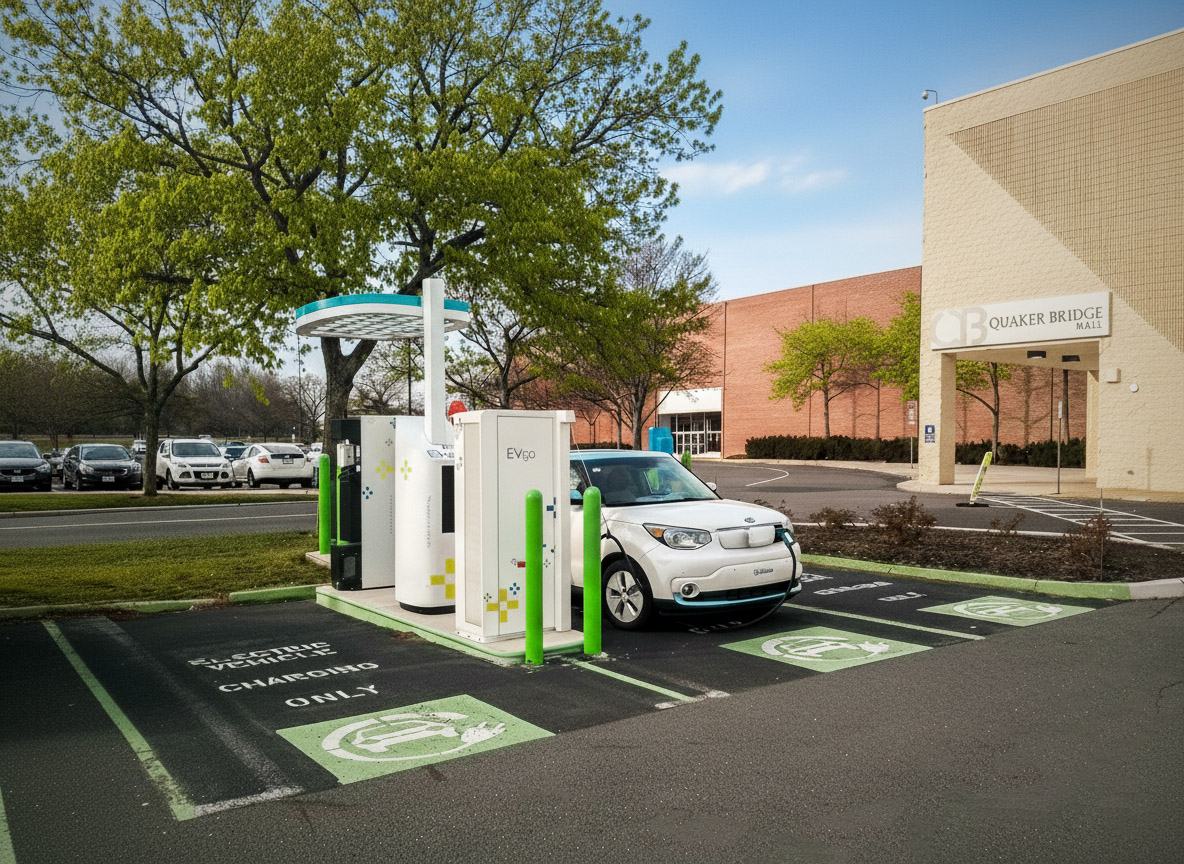
States Are Hitting the Ground Running
NEVI-funded programs are wasting no time in reopening and adjusting their programs.
In mid-September, one month after the new guidance was released, Illinois awarded $18.4 million in NEVI funds for 25 new fast-charging stations that will add 167 charging ports across the state.
Wisconsin's program, which closed Round 2 early due to the executive order, reopened its application window in August and is working on awarding the winners. Similarly, Louisiana's program had closed early during the initial executive order but has now reopened.
Overall, 23 of the 51 programs have already at least mentioned the recent announcement by the DOT and indicated that they're working on changes. Each state is responding differently, so anyone interested in applying must carefully read their state's updated solicitation to see how rules may have changed since the previous round of funding.
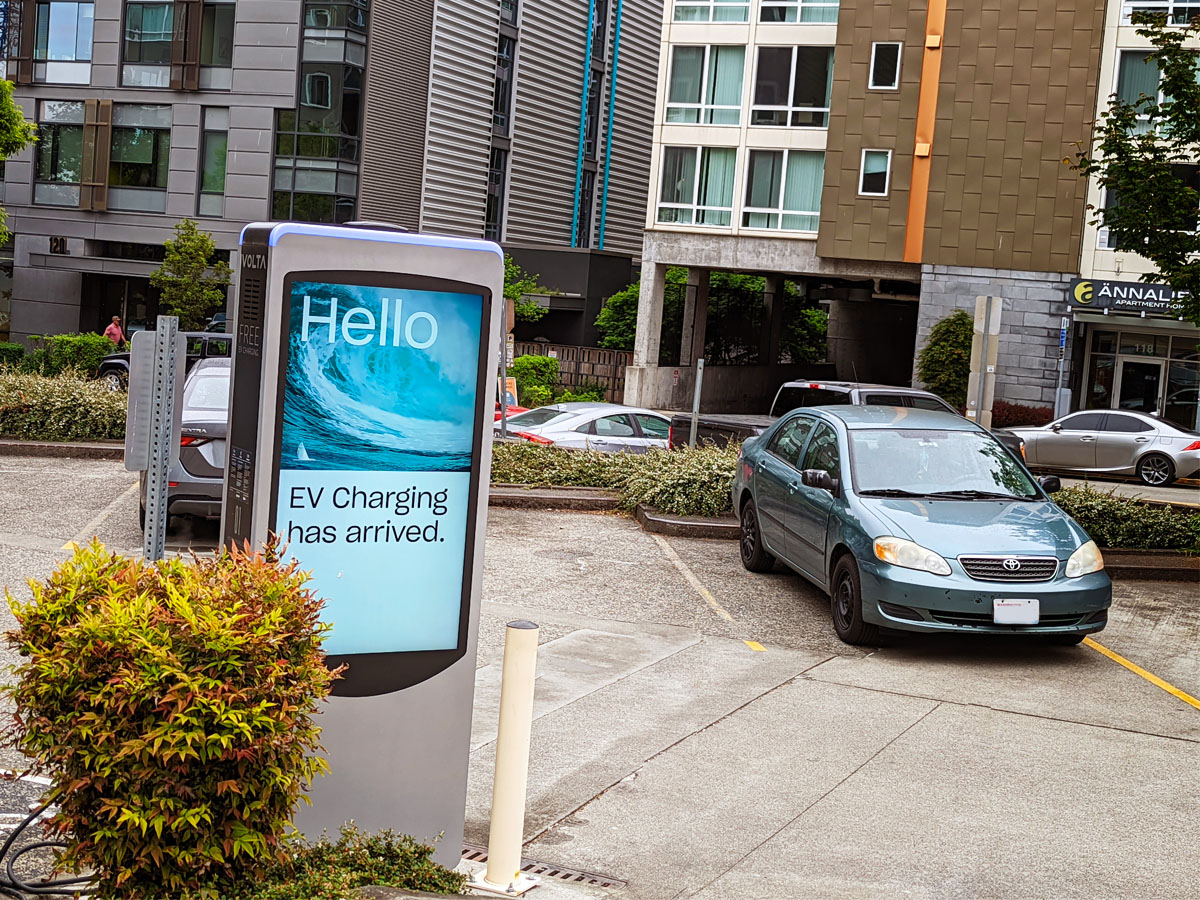
It's Not All About NEVI
Even with the guideline changes, NEVI-funded rebate programs are still limited in what equipment can be used and where they can be used. But they only represent 17% of the available rebate programs for DCFC installations. Hundreds of other non-NEVI-funded programs are available across the U.S. and Canada that can be applied to projects that don't fit NEVI's strict requirements.
These programs are typically less restrictive and may be more appropriate for some projects. They're almost always less competitive with less stringent deadlines, making them a great resource that many overlook. In addition, especially for DCFC installations, using several programs (often combining an incentive for the charger itself and a separate incentive for the make-ready portion of the project) can help improve the financials of a project even more.
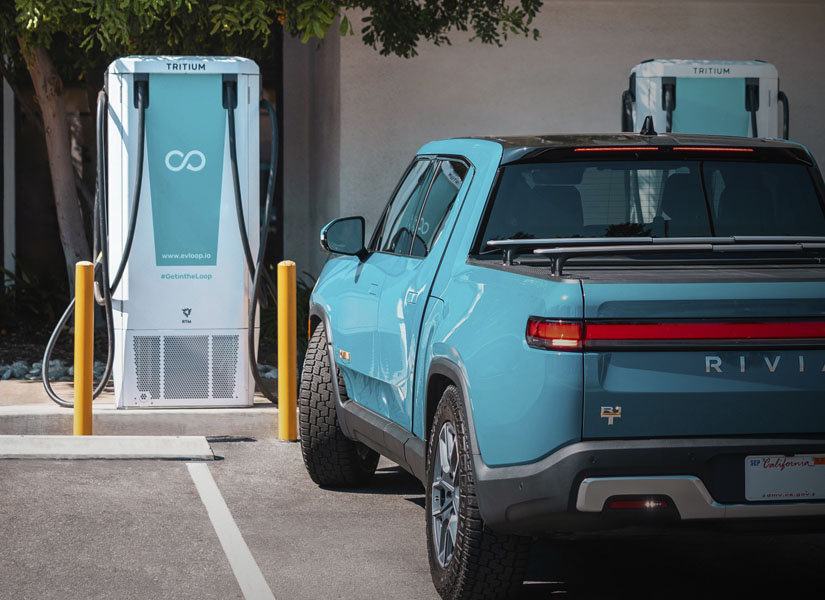
A Bright Spot in the EV Industry
While the released funding is great news for the DC fast charging (DCFC) market, it can also have a halo effect across the entire EV industry. Lack of charging infrastructure remains one of the primary concerns of future EV drivers, and the NEVI-funded sites will go a long way toward addressing that issue.
It also serves as a reminder that EVSE incentives have not disappeared. Between the freezing of NEVI funds and the discontinuation of the 30C Federal Tax Credit, public perception has drifted toward thinking rebates for EV chargers were gone. In reality, 84% of the US is still covered by at least one incentive for installing an EV charger, and it is essential to consider all possible funding sources when planning projects.
RebatePro Makes It Easy To Track NEVI and Other EVSE Rebates
The fastest way to look up all available rebates, incentives, grants, and tax credits for your EV charger projects is RebatePro for EV Chargers.
Within minutes, you can look up all the currently available funding across the US and Canada and the Favorites function gives you an instant notification when programs, like NEVI, announce new funding or open applications.


